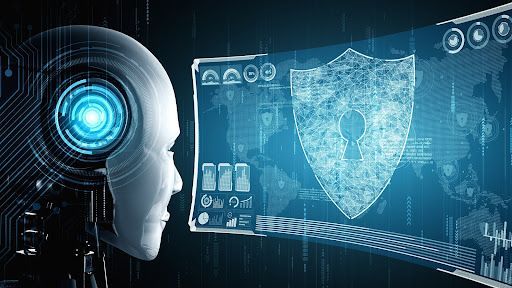Key Cybersecurity Trends 2025: What to Expect in Digital Defense
As we approach 2025, the digital landscape continues to evolve at an unprecedented rate, bringing with it new opportunities—and new risks. Cybersecurity remains a critical concern as businesses and individuals strive to protect sensitive information against increasingly sophisticated cyber threats. Understanding and preparing for the potential cybersecurity challenges of 2025 is not just advisable; it's essential. This guide delves into the emerging threats and technological advancements in cybersecurity, providing you with the knowledge to safeguard your digital domains effectively.
Emerging Cybersecurity Threats in 2025
New Forms of Malware and Ransomware
The realm of malicious software is evolving, with cybercriminals deploying more sophisticated forms of malware and ransomware to exploit any vulnerability. These new threats are designed to bypass traditional security measures, leveraging advanced techniques such as polymorphic code and machine learning to enhance their effectiveness and evade detection. Understanding these evolving malware and ransomware tactics is the first step in developing a robust defense strategy.
Vulnerabilities in Emerging Technologies
As businesses increasingly integrate IoT devices and artificial intelligence into their operations, new vulnerabilities emerge. These technologies, while driving efficiency and innovation, also present new security challenges. IoT devices often lack standard security features, making them easy targets for cyberattacks. Similarly, AI systems can be manipulated if not properly secured, leading to potential breaches.
Advances in Cybersecurity Technology
AI and Machine Learning in Threat Detection
Artificial intelligence and machine learning are playing pivotal roles in the advancement of
cybersecurity technologies. These tools are being harnessed to predict and identify cyber threats more quickly and accurately than ever before. By analyzing patterns and learning from data, AI systems can provide real-time threat detection and automate responses to security incidents.
The Role of Quantum Computing in Security
Quantum computing promises to revolutionize many fields, including cybersecurity. It offers the potential for creating virtually unbreakable encryption through quantum cryptography, which could drastically reduce the effectiveness of traditional cyberattacks. However, quantum computing also poses risks, as it could render current encryption methods obsolete, highlighting the need for quantum-resistant algorithms.
Cybersecurity Policies and Regulations in 2025
Global Data Protection Regulations
As cyber threats evolve, so too do the policies and regulations designed to counter them. Updates to global data protection regulations, such as the GDPR, are anticipated to address the changing dynamics of data privacy and security. Staying informed of these changes is crucial for businesses to ensure compliance and protect customer data effectively.
National Cybersecurity Initiatives
Many governments are ramping up their cybersecurity defenses by launching national initiatives aimed at enhancing the security of public and private sector networks. These policies not only aim to protect critical infrastructure but also encourage businesses to adopt higher security standards through incentives and guidelines.
Preparing Your Organization for 2025’s Cyber Threats
Cybersecurity Training and Awareness Programs
One of the most effective defenses against cyber threats is educated and aware users. Implementing comprehensive
cybersecurity training and awareness programs is essential for organizations. These programs should educate employees about the latest cybersecurity threats and best practices, including how to recognize phishing attempts and securely handle sensitive information.
Implementing Robust Cyber Defense Mechanisms
Building a robust
cybersecurity framework involves more than just installing antivirus software. It requires a comprehensive approach that includes layered security measures such as firewalls, intrusion detection systems, and regular security audits. Tailoring these strategies to fit the specific needs of your organization is key to defending against sophisticated cyberattacks.
Conclusion
The cybersecurity landscape in 2025 demands vigilance and advanced preparation. By staying informed about emerging threats and leveraging the latest advancements in
security technologies, organizations can protect themselves against the evolving nature of cyber risks. Remember, the best defense is a proactive approach to cybersecurity.
Stronger CTA
"Are you ready to fortify your defenses against the cyber threats of tomorrow? Contact
Scavi
today to explore cutting-edge cybersecurity solutions tailored for your business needs. Protect your assets, data, and future with Scavi’s
expert cybersecurity services. Act now to secure your peace of mind!"
FAQs About Cybersecurity Trends 2025
What are the major cybersecurity threats expected in 2025?
Expect sophisticated malware, ransomware, and exploitation of IoT and AI vulnerabilities.
How is artificial intelligence enhancing cybersecurity measures?
AI is being used for predictive threat detection and automated security responses.
What new regulations should businesses be aware of in 2025?
Updates to GDPR and new national cybersecurity policies are likely to impact data protection strategies.
How can organizations prepare for the cybersecurity challenges of 2025?
By investing in advanced security technologies, updating regulatory compliance, and training employees.





